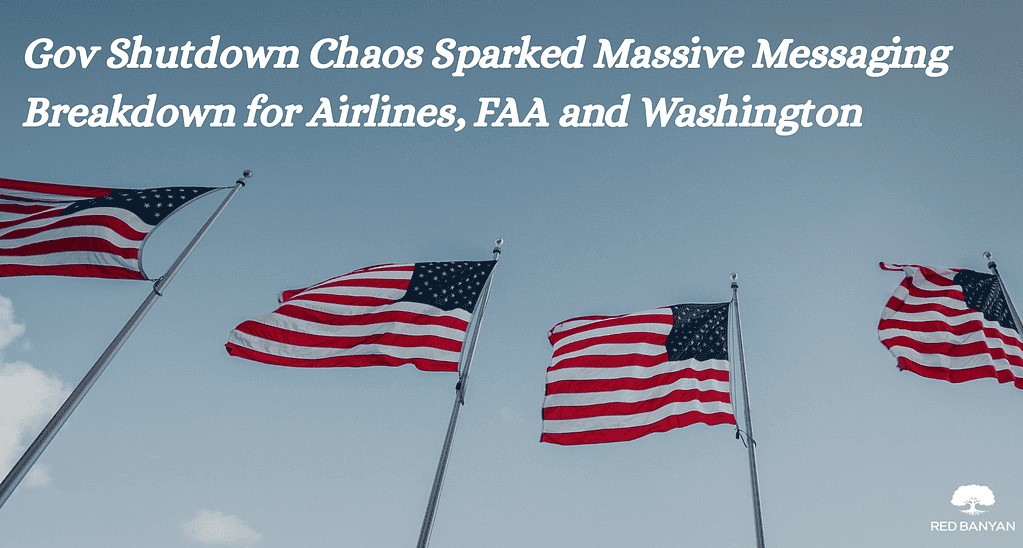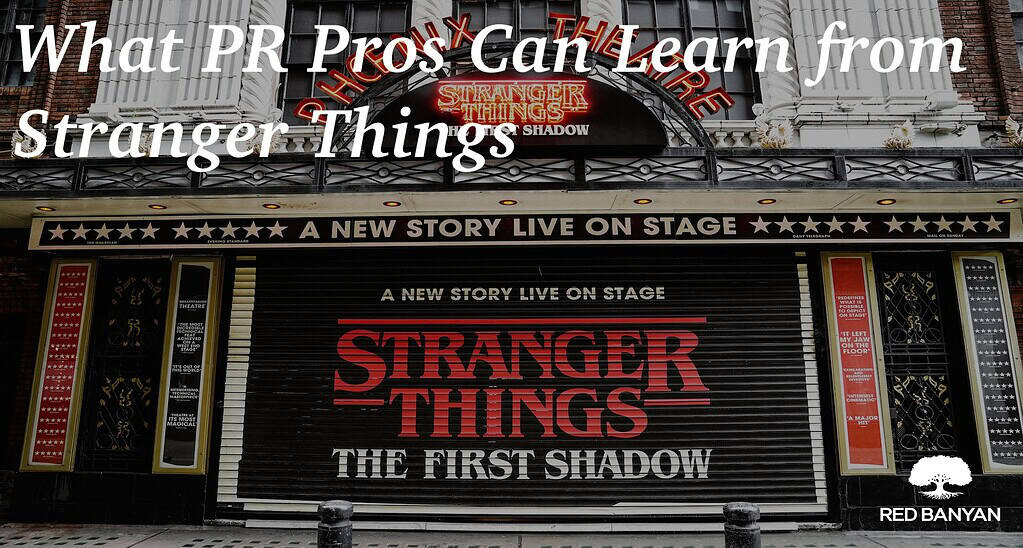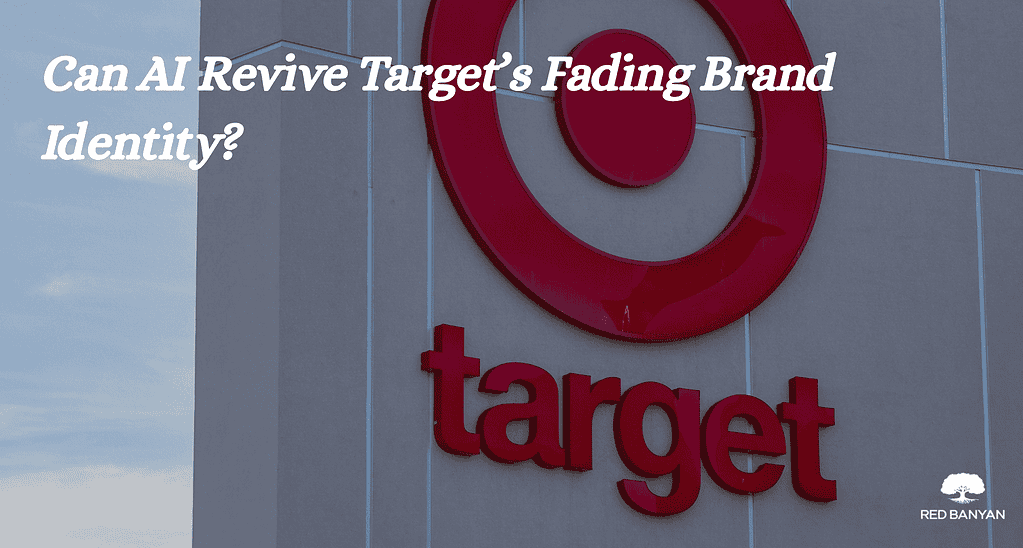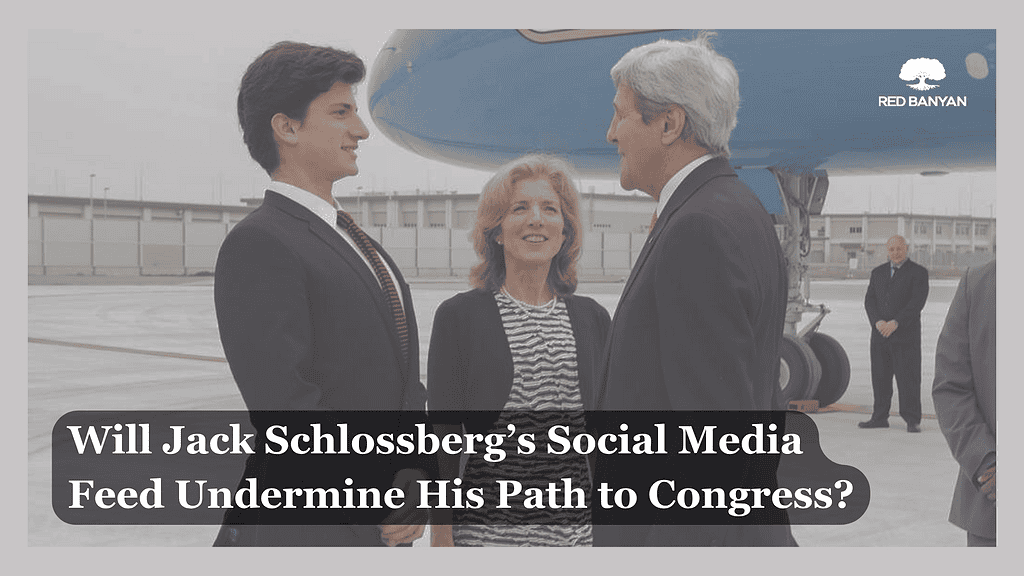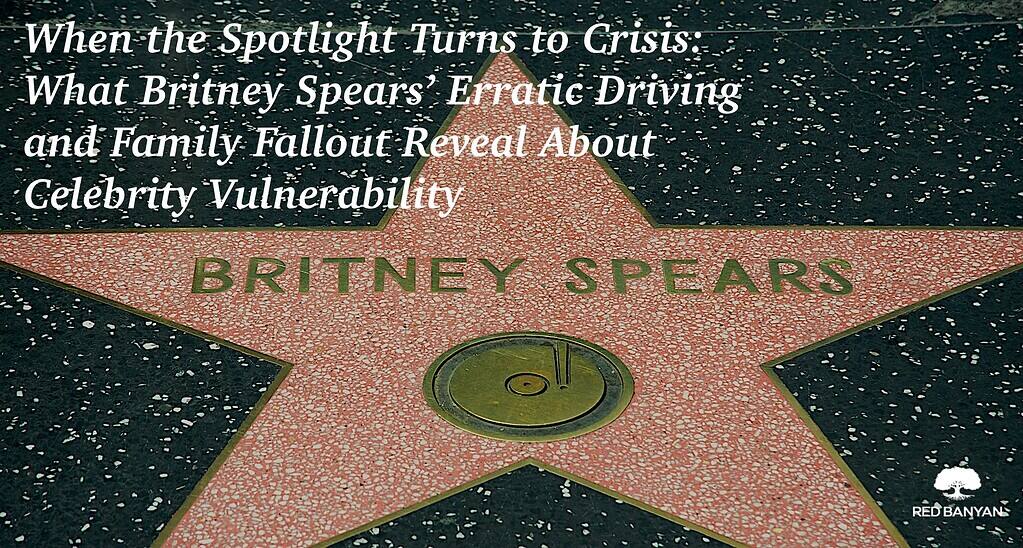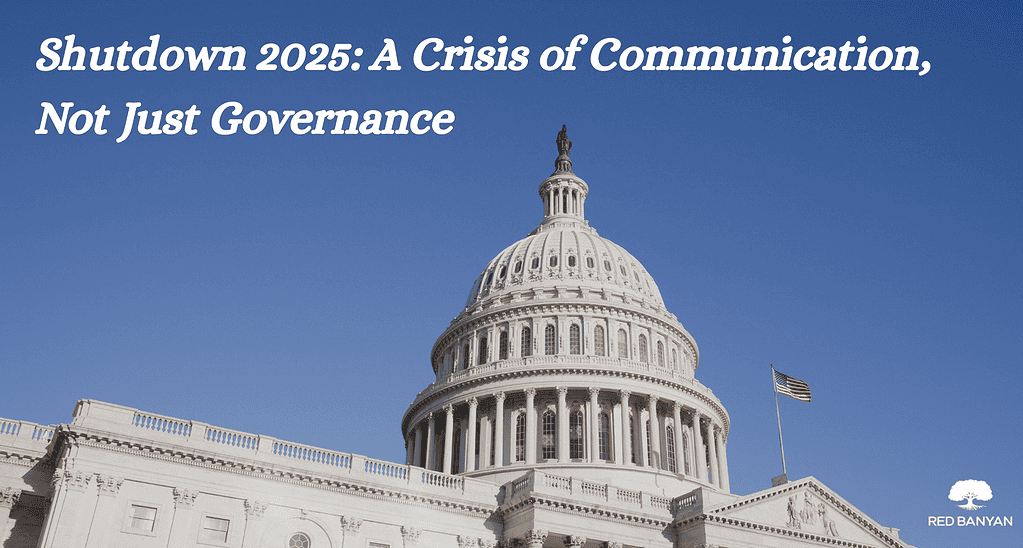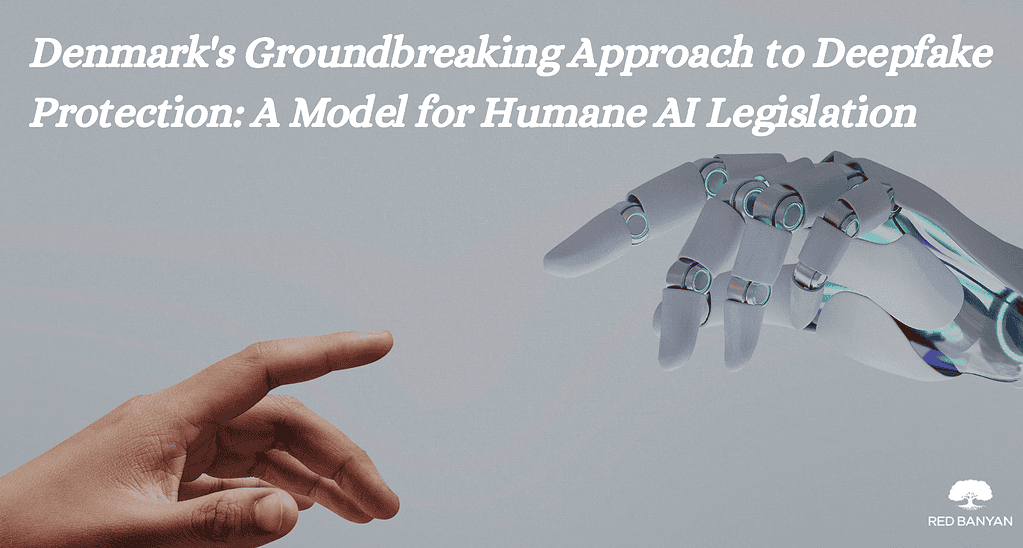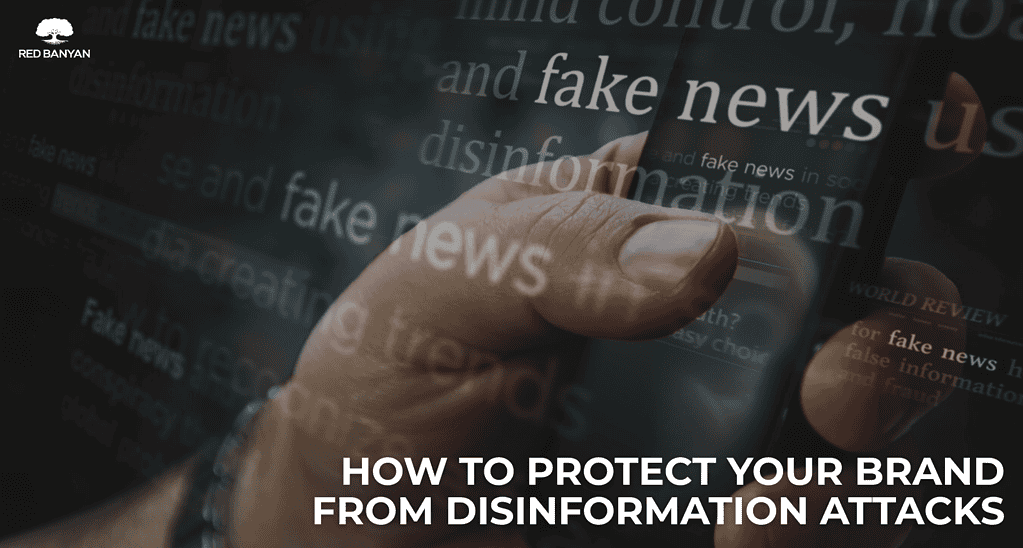As this year’s government shutdown stretched into a record-breaking duration, its effects rippled far beyond Washington. Flight cancellations surged, major airports reduced traffic volume, and travelers across the country faced growing uncertainty. Yet, while the operational strain was severe, the communications breakdown was even more significant.
Throughout this crisis, federal agencies, airlines, and political leaders failed to present a unified message, instead creating a fragmented narrative marked by finger-pointing, delayed acknowledgements, and mixed signals about safety, staffing, and responsibility.
In this blog, we analyze how communication missteps across the FAA, commercial airlines, and both political parties shaped public perception during the crisis, and what media practitioners can take away from the situation.
The Cost of Mixed Messages
During the government shutdown, hundreds of thousands of federal employees were left without an income, creating mounting stress and strain for families across the United States. For TSA officers and air traffic controllers, this strain directly influenced nationwide flights, as thousands were delayed and cancelled. As Thanksgiving neared, travelers demanded answers before the busiest travel week of the year, only to met with mixed messaging in response.
No single entity took ownership of the public narrative and made sure messaging was cohesive. The Federal Aviation Administration (FAA) issued sporadic updates focused on operational logistics rather than empathy for the people impacted. Political leaders from both sides have framed this crisis through a lens of partisan blame rather than providing practical solutions to resolve this crisis.
When leadership communication fails to educate its audiences, people fill the gaps with speculation, fear, and misinformation. Silence and objectivity amplify panic faster than the crisis itself.
Transparency Builds Credibility, Even in Chaos
Transparency isn’t just a virtue during a crisis; it’s a strategic necessity. The longer institutions fail to address public concern, the more dangerous the risk appears. The truth can be scary, but the unknown is scarier. Delayed communication creates a perception that the organization has something to hide. It creates distrust and worries between a brand and its customers.
Audiences crave authenticity. A bad truth is better than a good lie.
Key agencies missed opportunities to build credibility and trust with their audiences by failing to acknowledge the strain their teams are under. Most messages relied on neutrality and jargon, while failing to provide comfort to those affected.
Humans connect to humans. When an organization admits its problems and faults, it creates accountability and control of the narrative. Consistent updates and clear leadership can do more to maintain trust than a polished social media statement.
The Danger of Politicized Messaging
When messaging becomes political theater, crisis communications have failed. Both parties pointing fingers at each other instead of trying to solve the issue did nothing to alleviate public concern. Press conferences, social media posts, and interviews are all centered around placing blame.
The political blame-game distracted from the real solution: reassuring the public. Both sides alienated their audiences and weakened their credibility because nothing said moved those involved closer to a solution. The public sought honesty and action, and instead got mud-slinging politics.
Importance of Coordination in a Multi-Stakeholder Crisis
The shutdown revealed how even legacy federal institutions can be impacted without a unified crisis communications strategy. Without a shared framework, the FAA, the Department of Transportation, airlines, and the White House all failed to deliver clear communications to their audiences.
Lessons for Communicators
Media practitioners should take this crisis and use these lessons learned when attempting to navigate their next crisis.
- Own the narrative early. Create messaging for your crisis before someone else does
- Be human. Acknowledge the emotions and hardships your crisis has brought on.
- Collaborate. Cross-department collaboration should be encouraged, especially when multiple stakeholders are involved in a crisis.
- Stay consistent. While mixed messaging creates mistrust, repetition will build a brand’s confidence and image.
- Be transparent. Admitting uncertainty builds credibility far more than silence. If a company is unsure about something, it’s okay to admit it.
Navigating a crisis can be difficult, which is why it is important to partner with seasoned PR professionals like Red Banyan to help. Protecting and managing a brand’s reputation is key to creating a strong business that stands the test of time.

